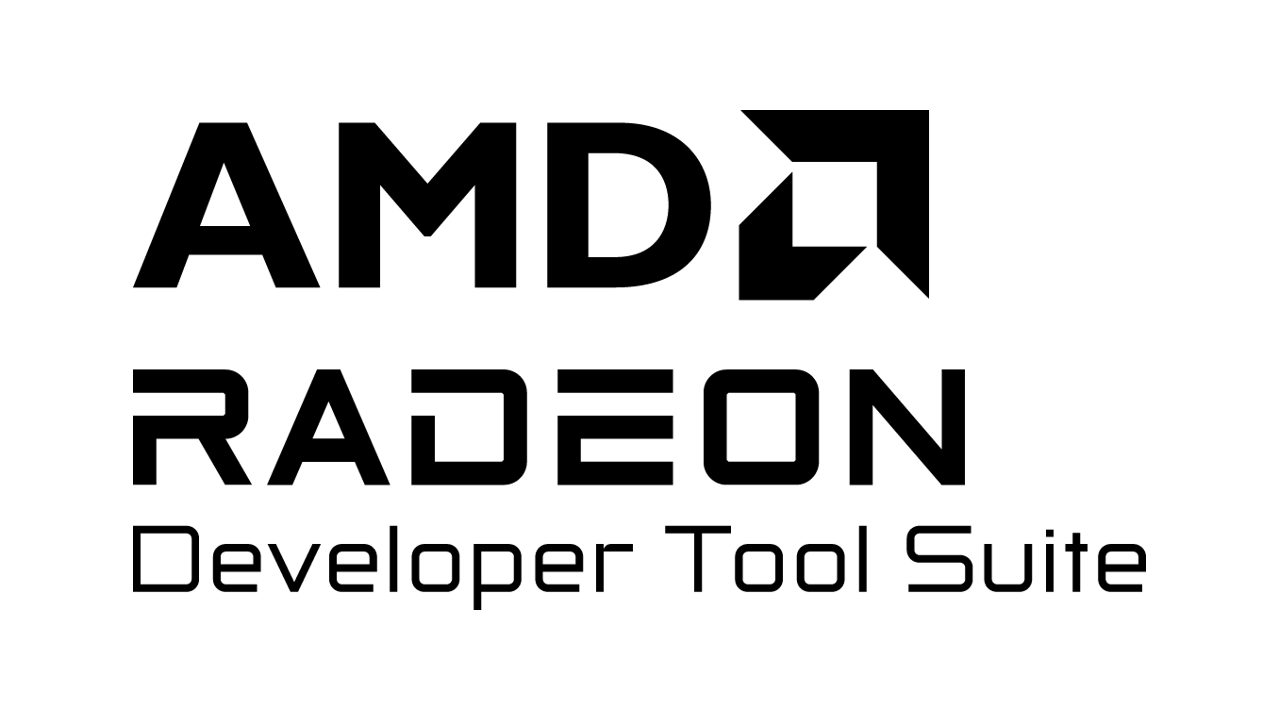
Major AMD Radeon Developer Tool Suite updates for AMD RDNA 4 architecture
Read the highlights of our updates to the AMD Radeon Developer Tool Suite to support the launch of AMD RDNA 4 architecture!
Find the documentation you need right here!

Let us help you get your game or graphics application to even higher levels of performance and visual quality!
Our engineers (and guest bloggers) have created a vast array of GPUOpen software blogs, technical blogs, samples, videos, papers, and much, much more for you to discover here on GPUOpen.

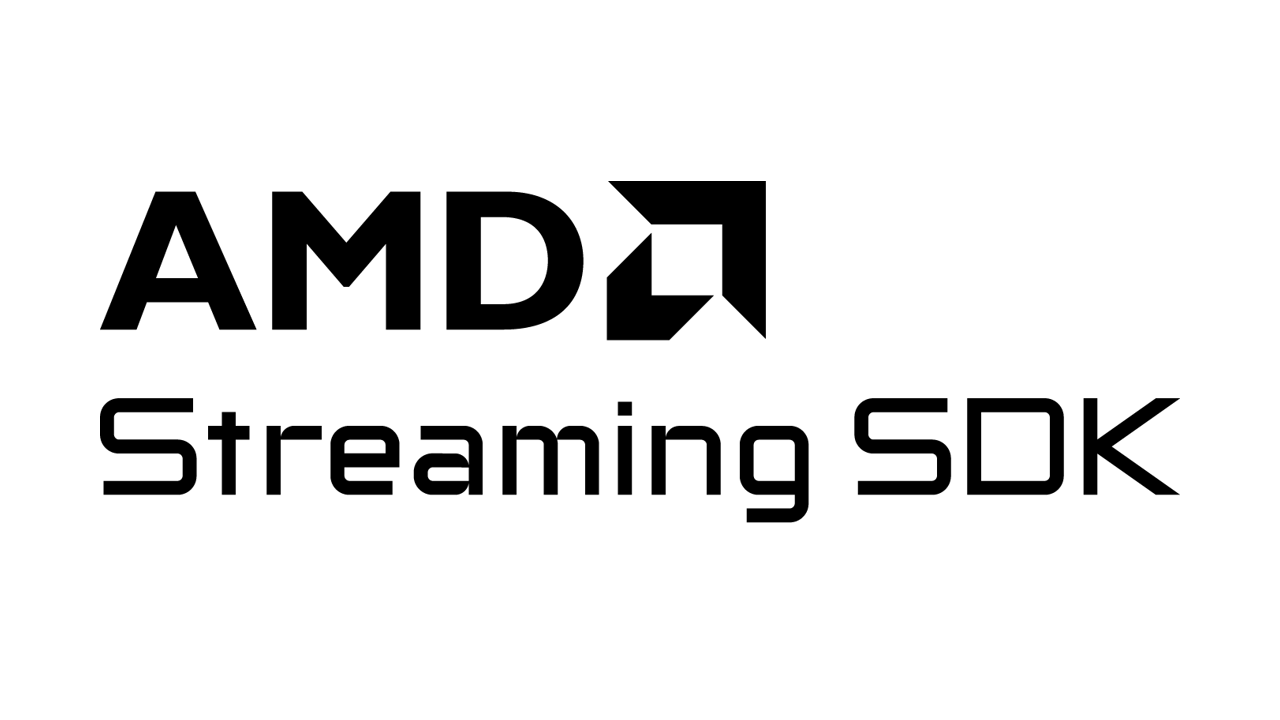
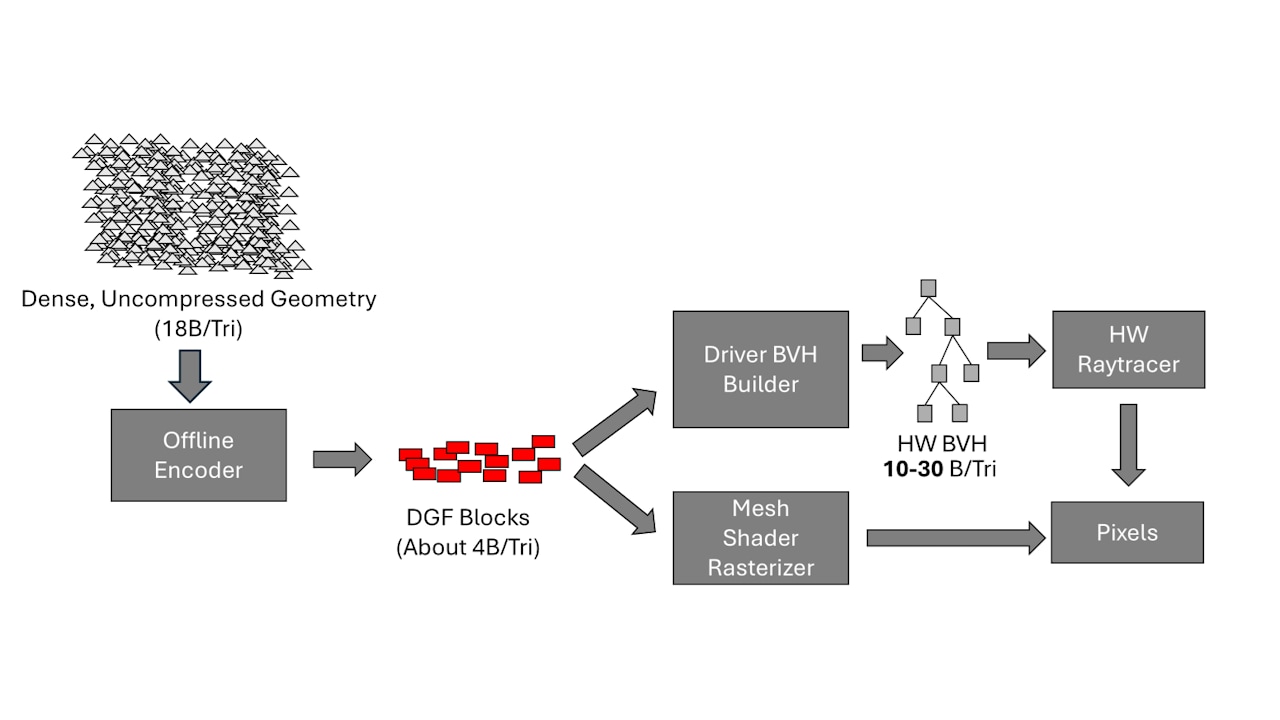
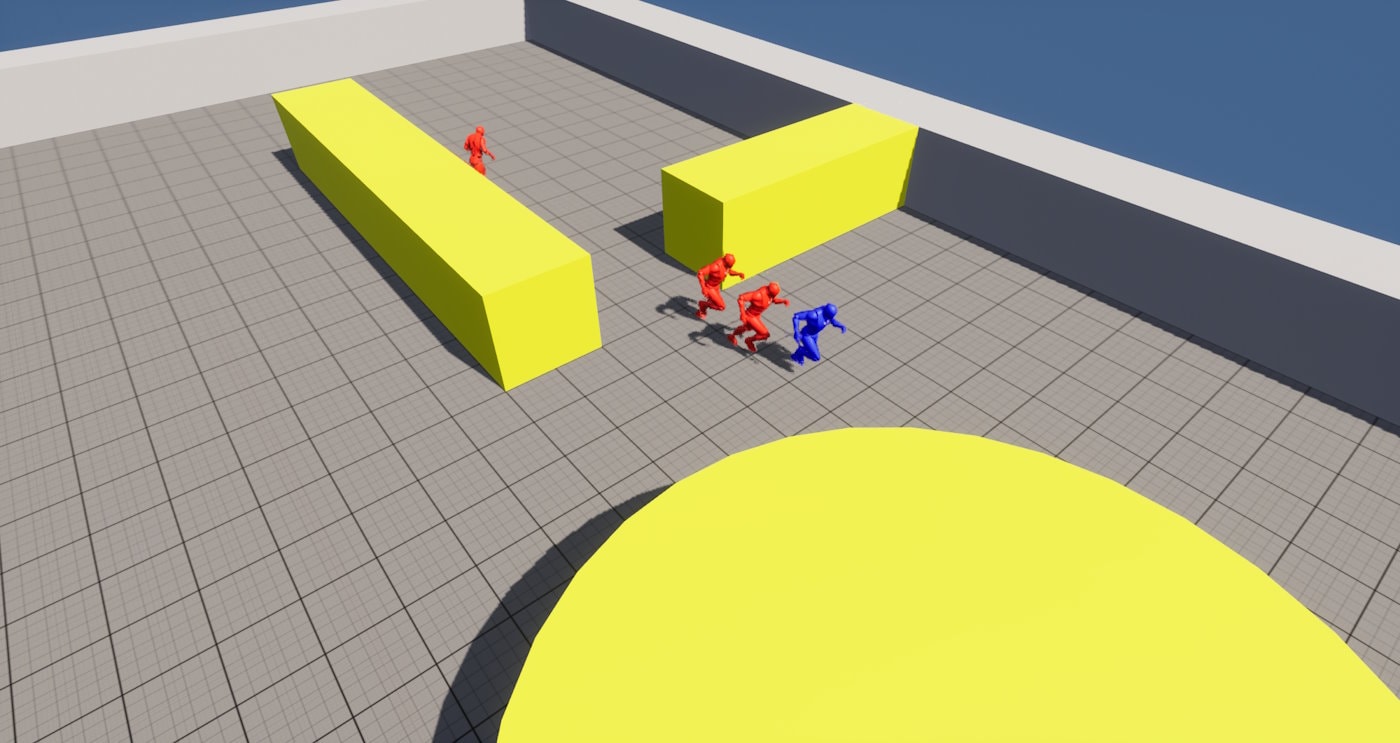
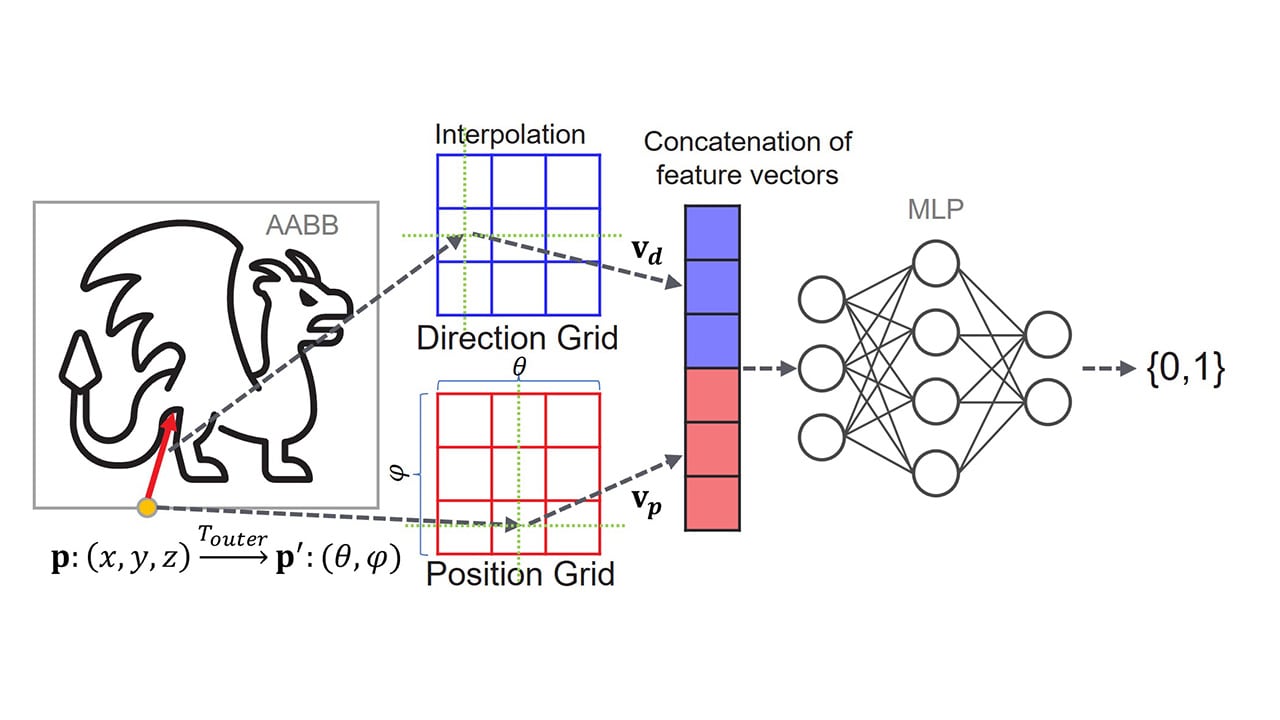
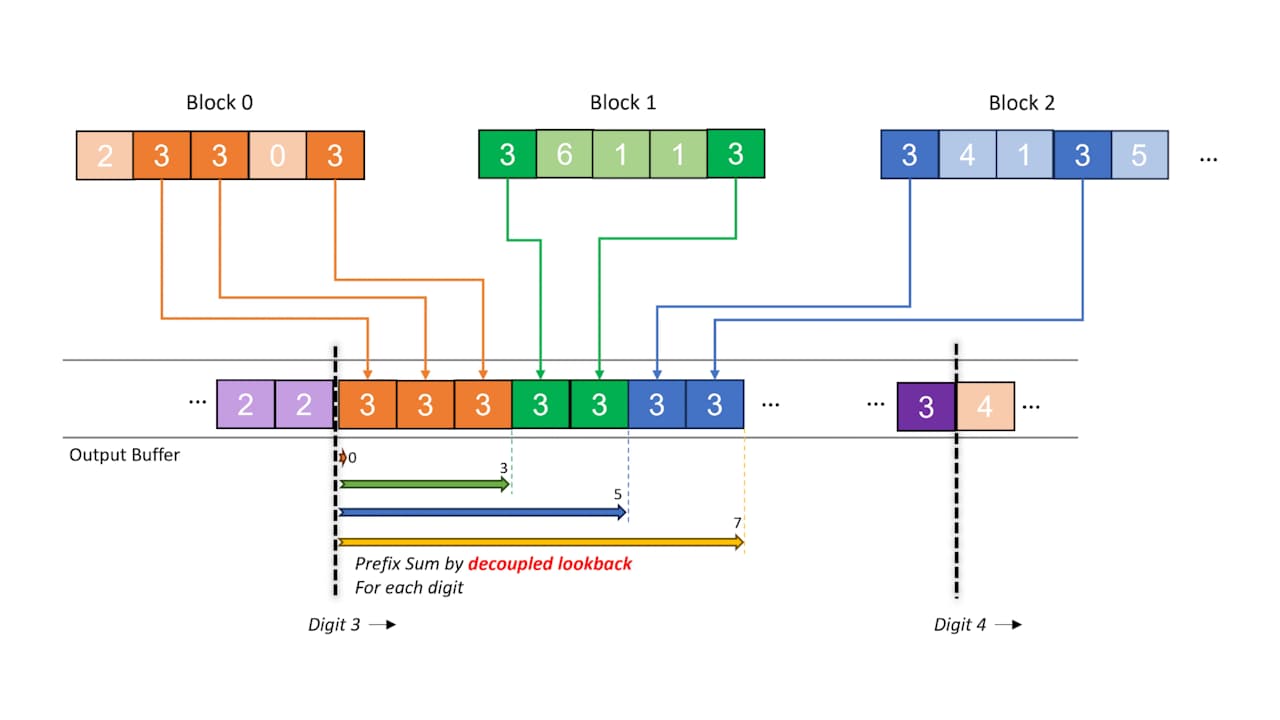
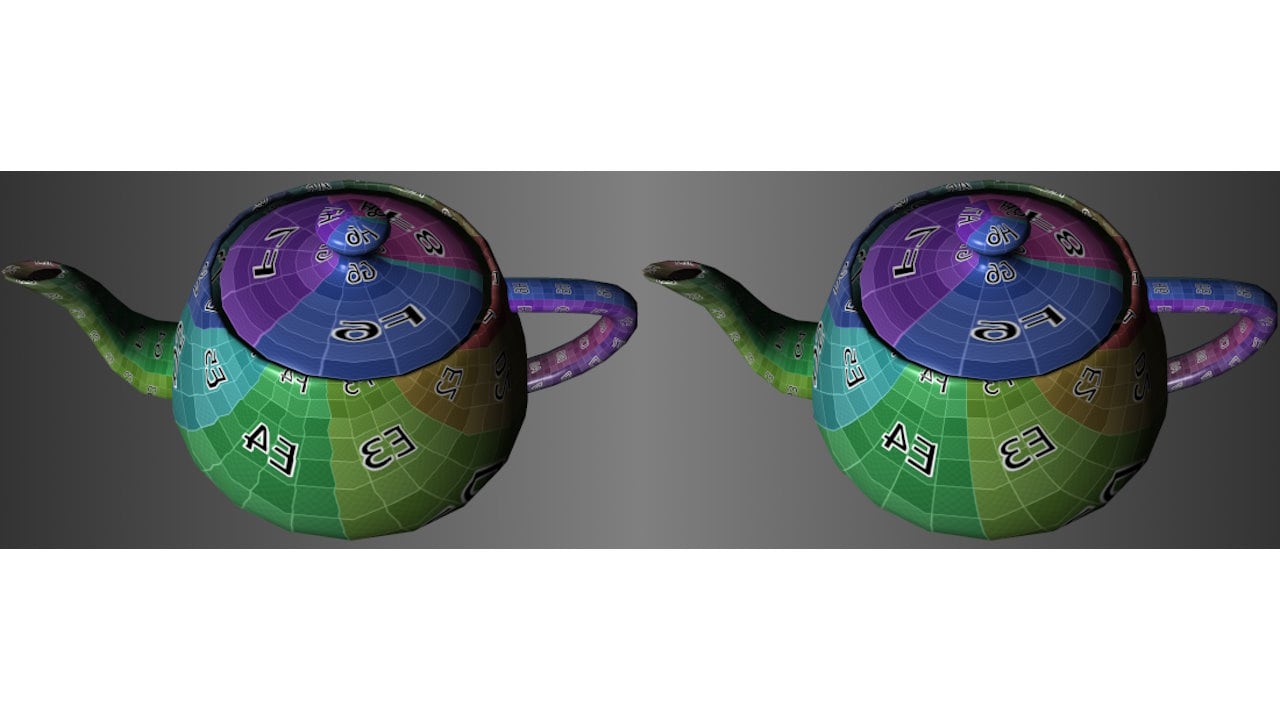

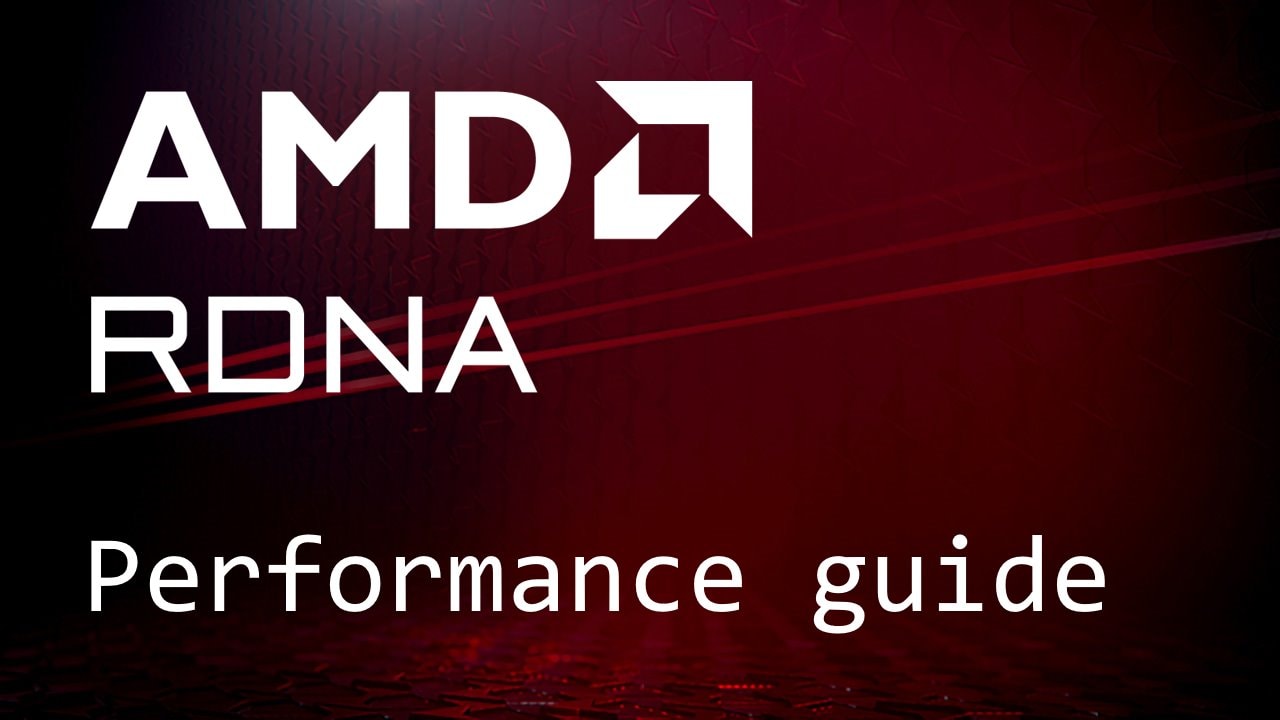
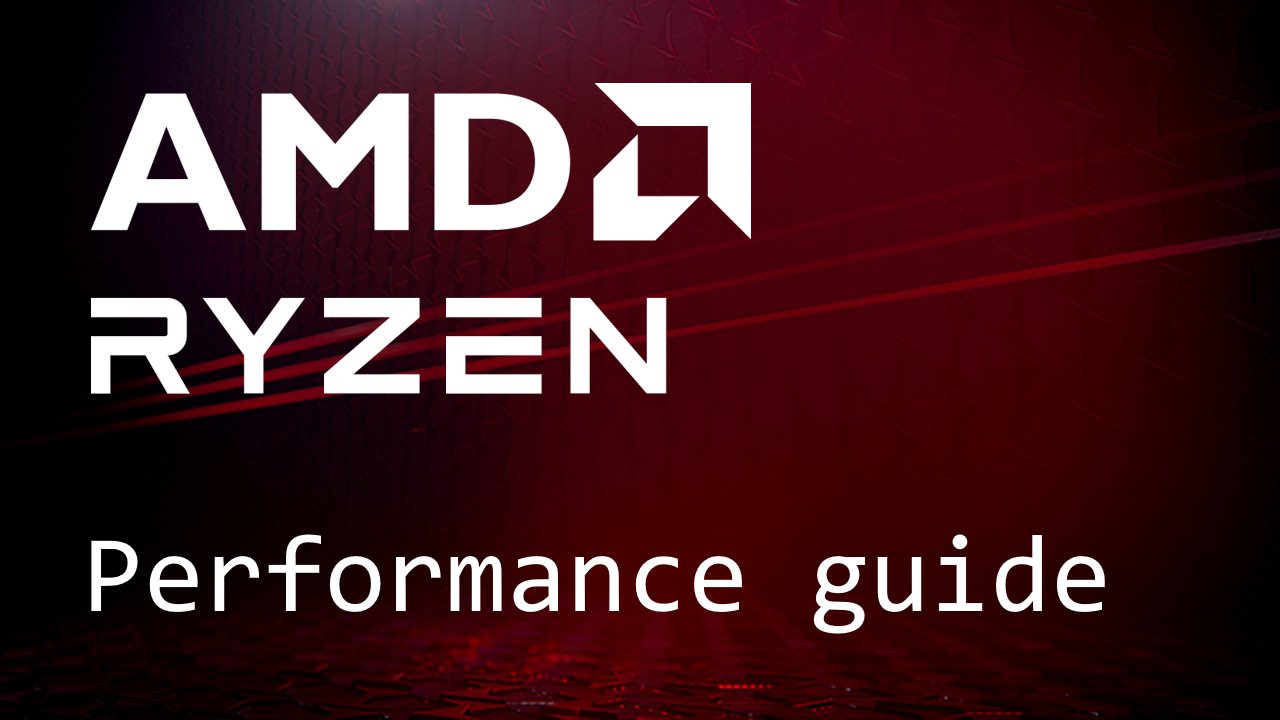
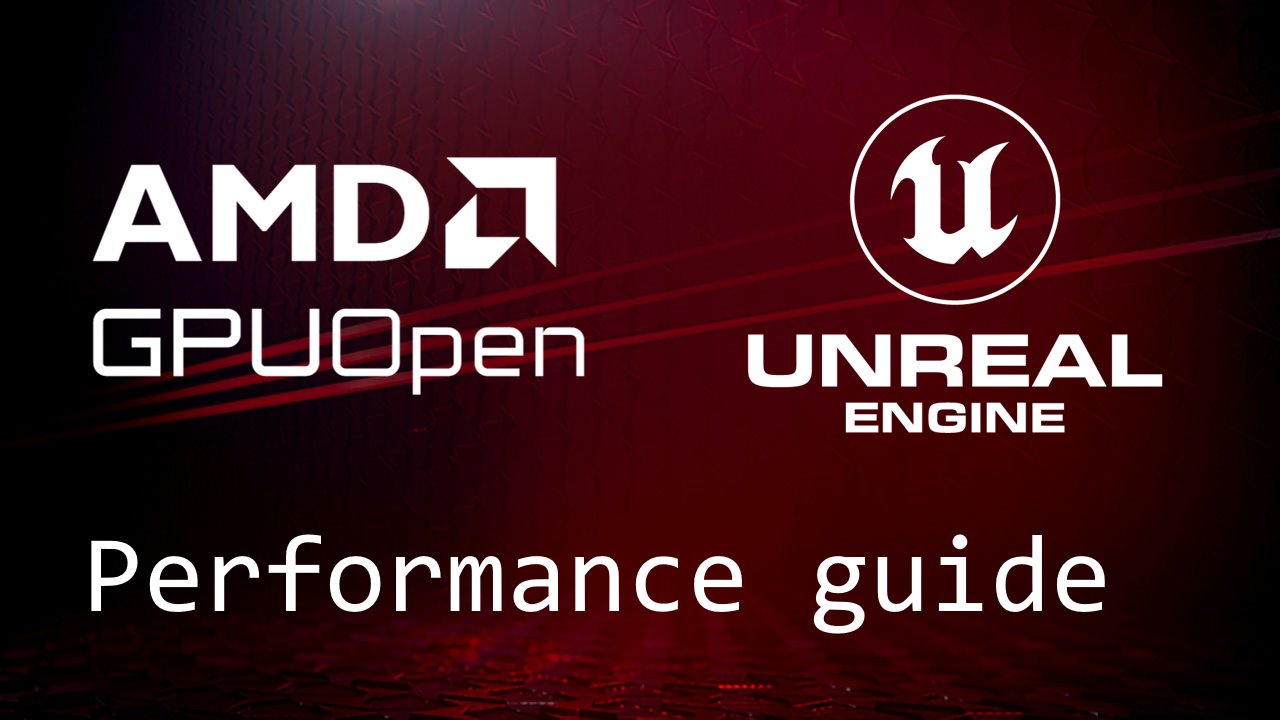
Here's some great videos, but we have more on our videos page!

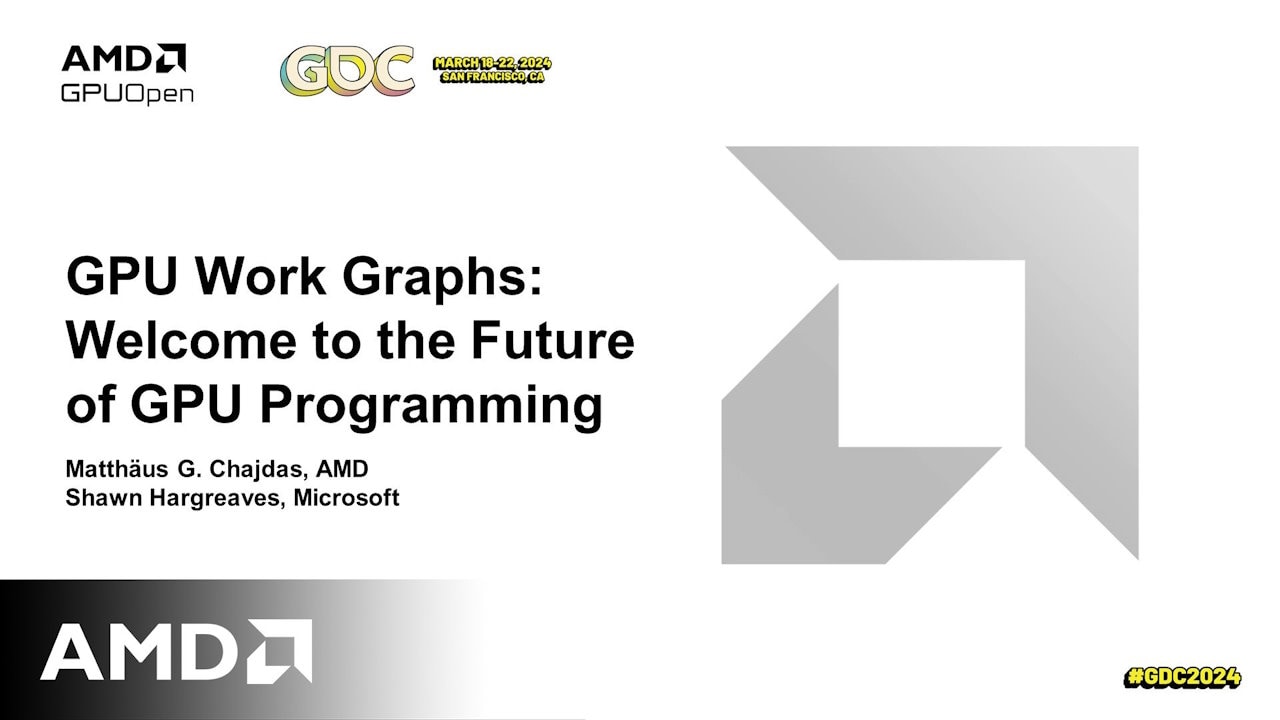
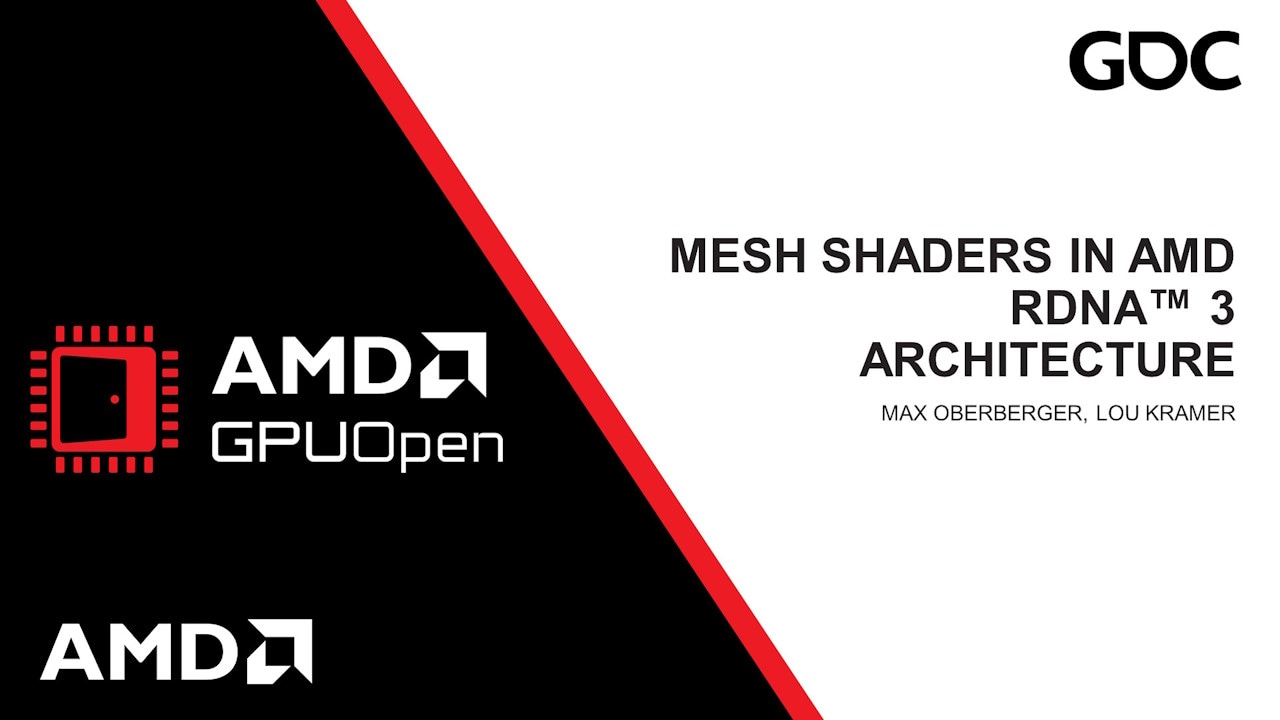
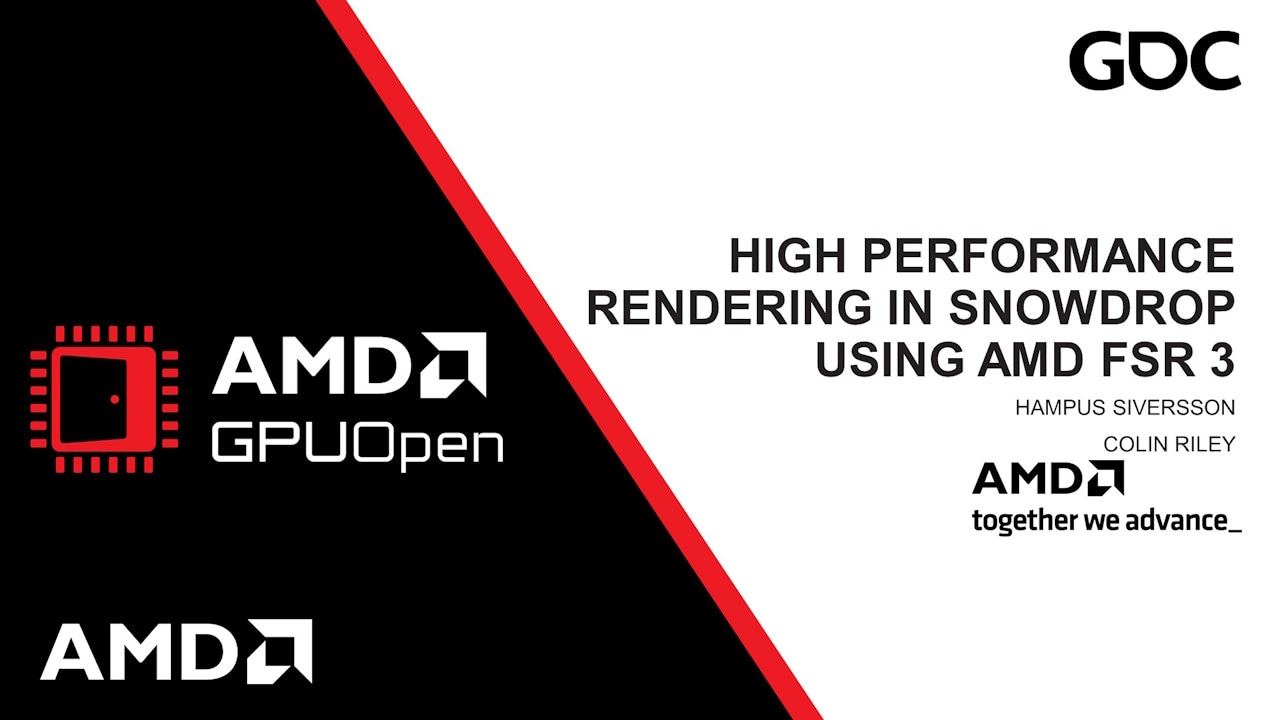
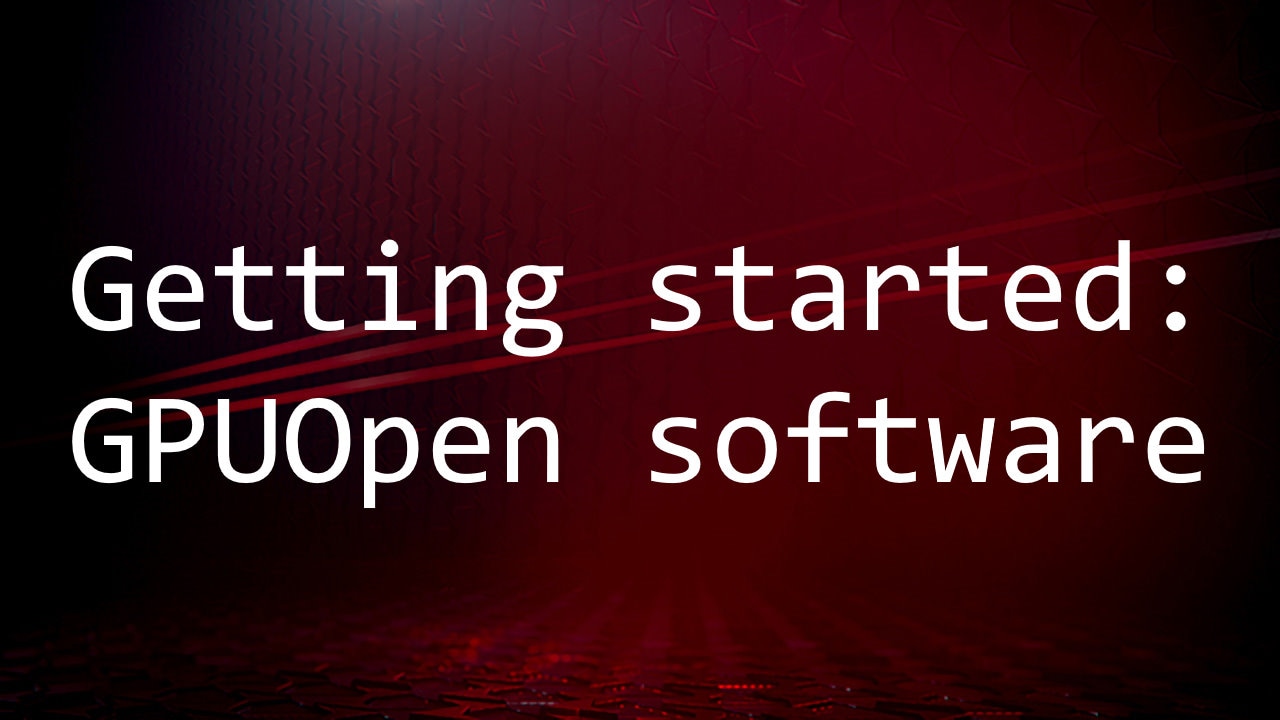

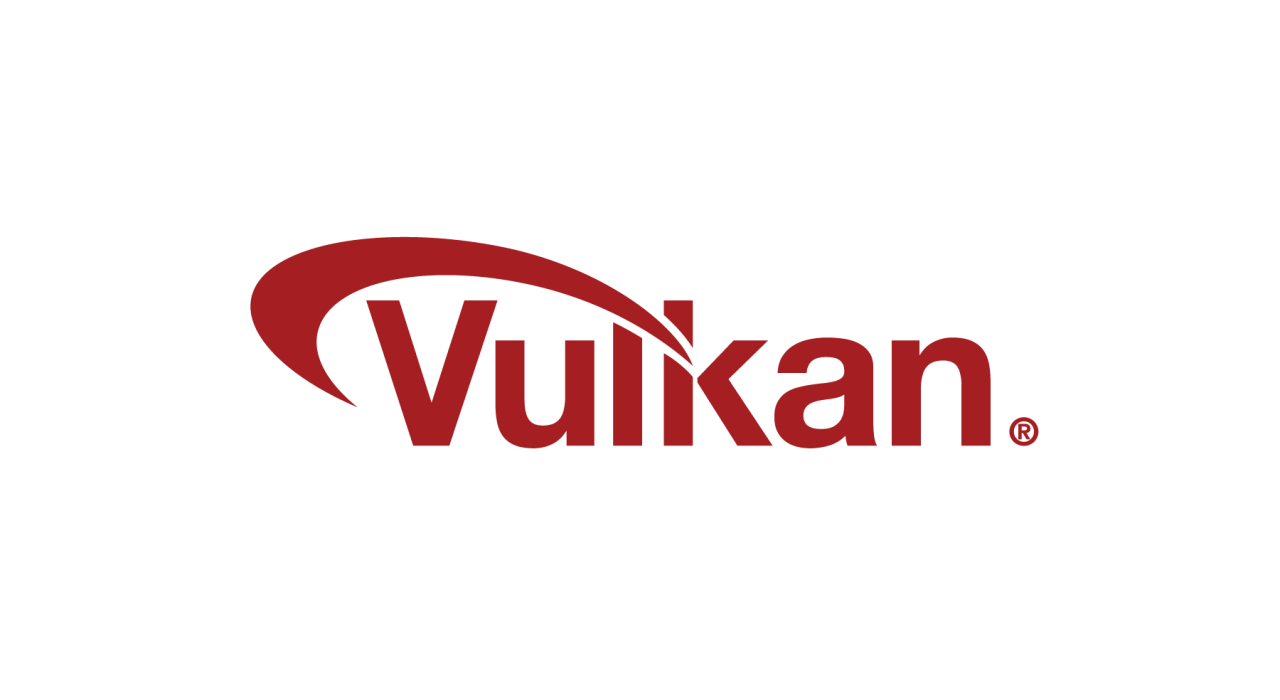
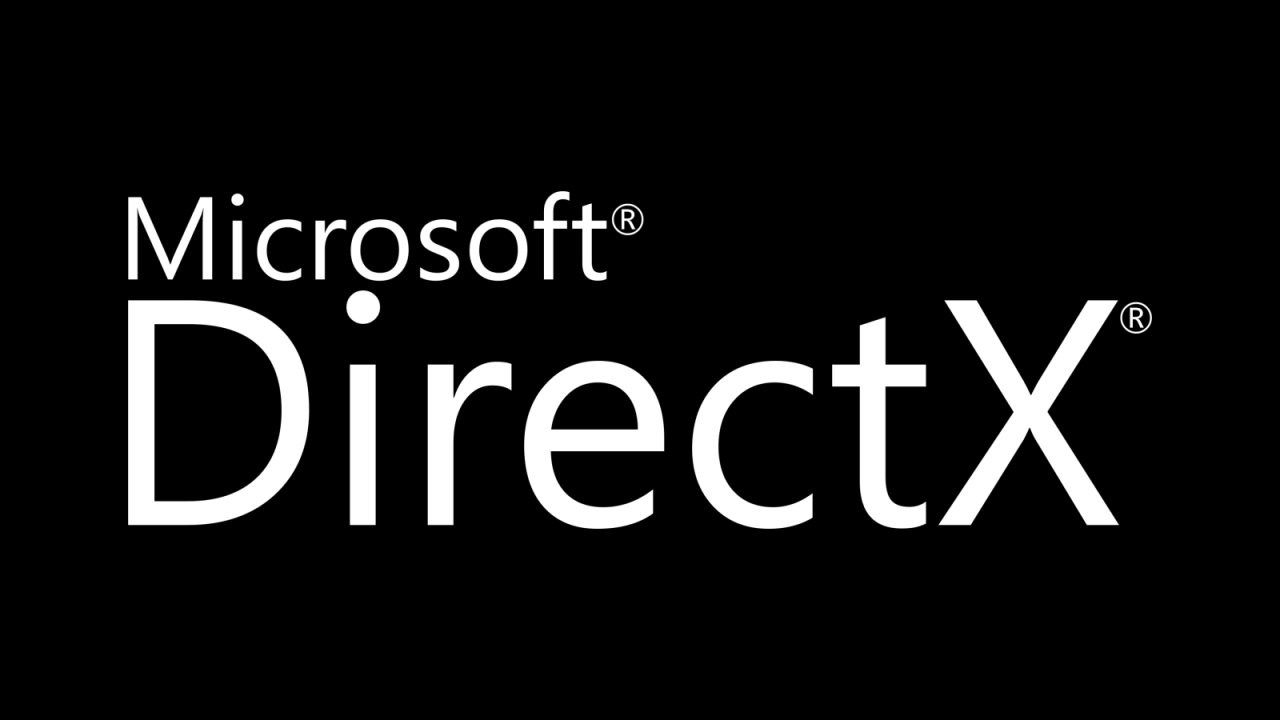
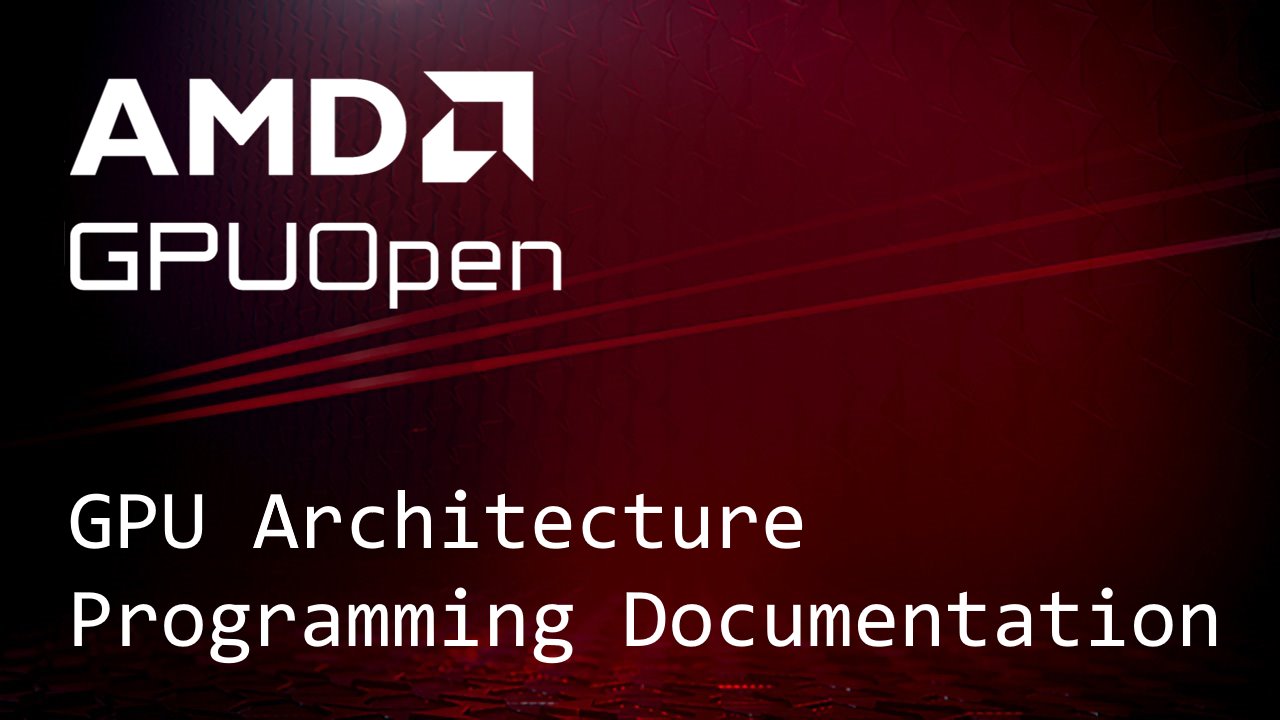
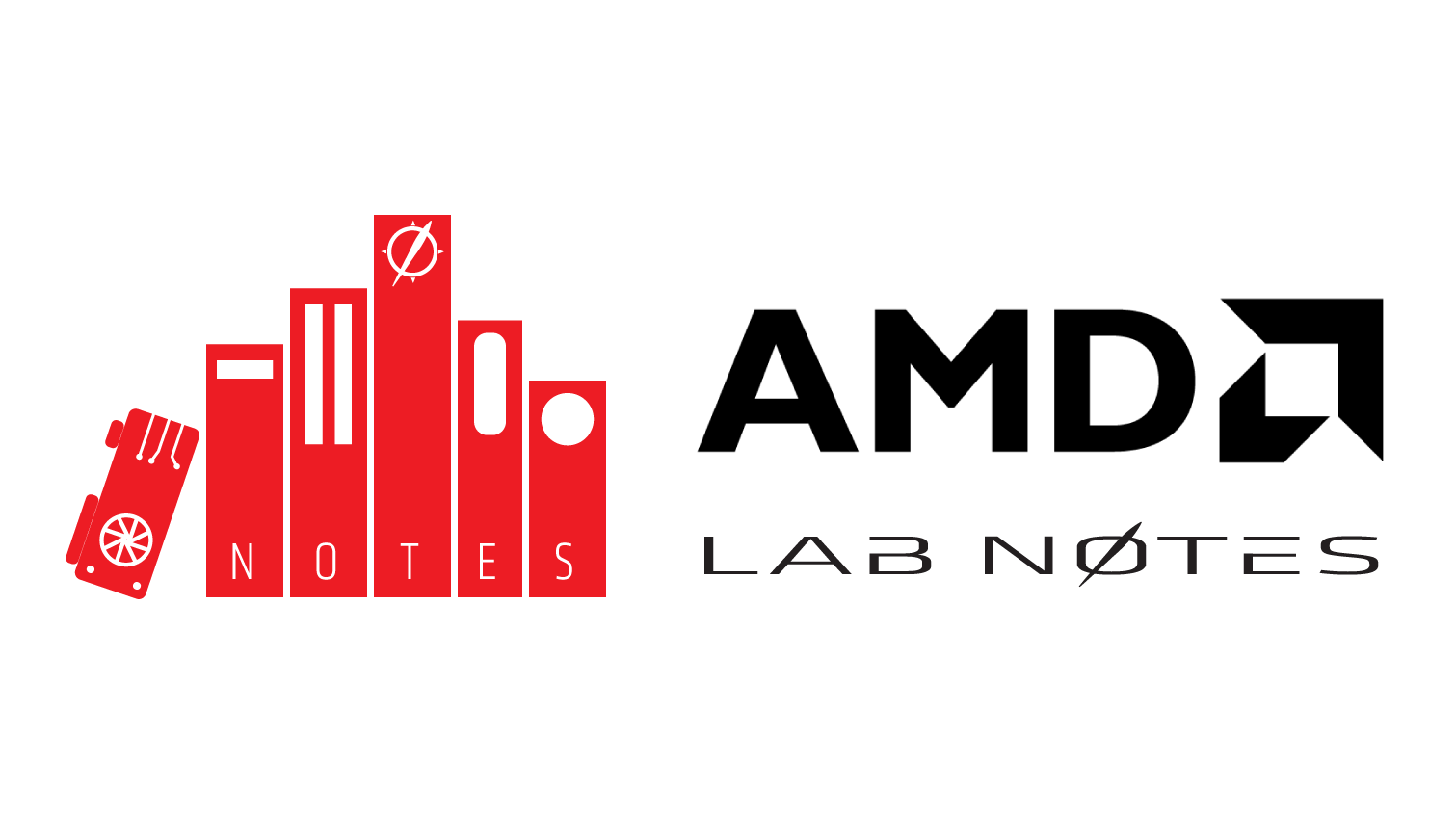
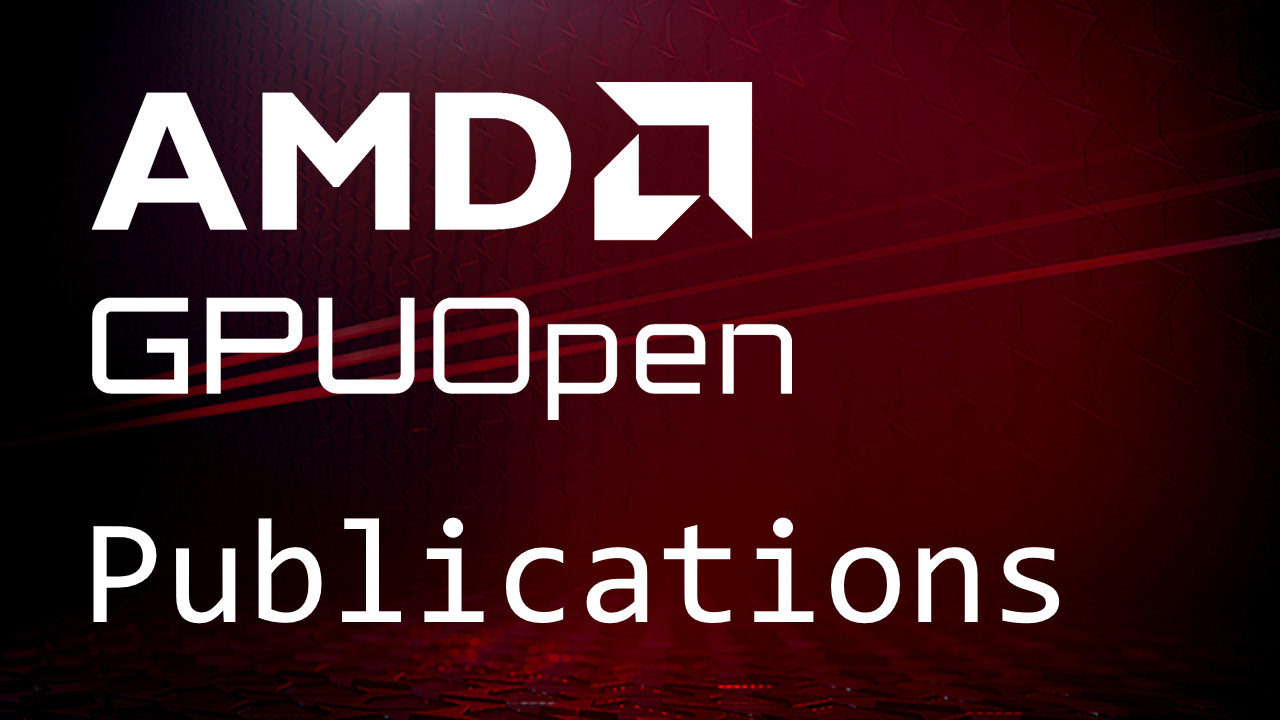
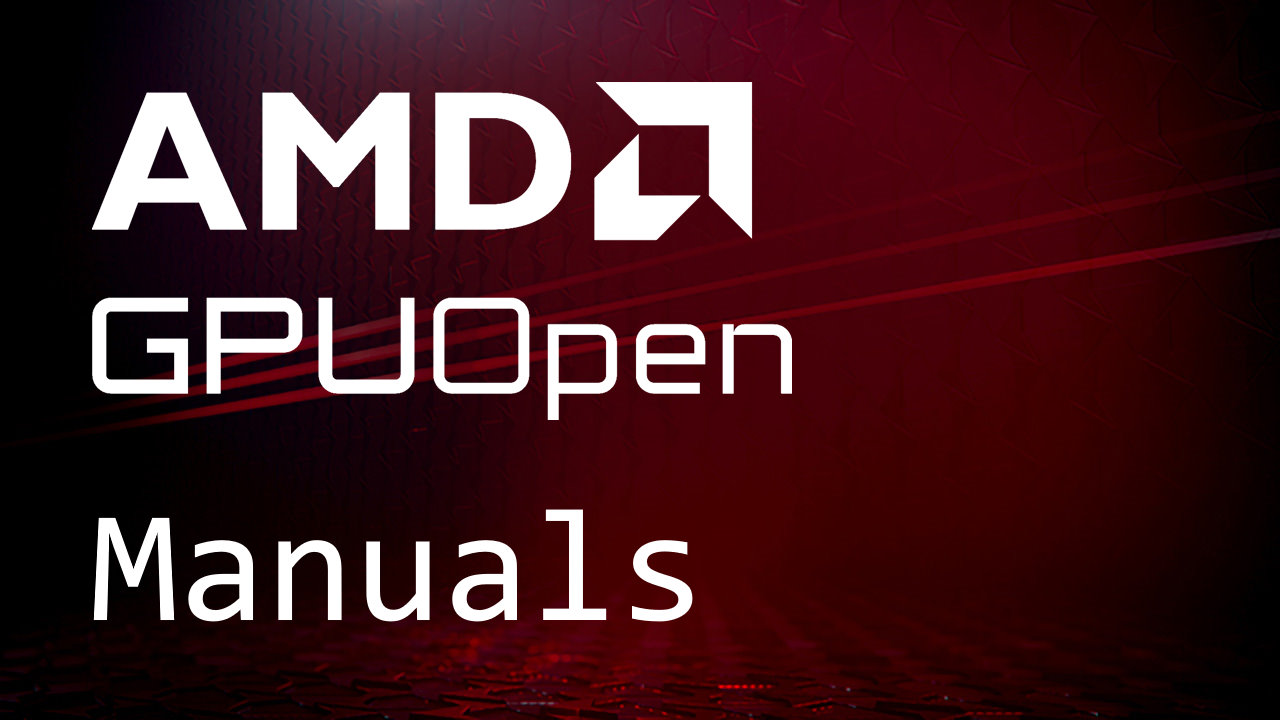
| Title & Description | |
|---|---|
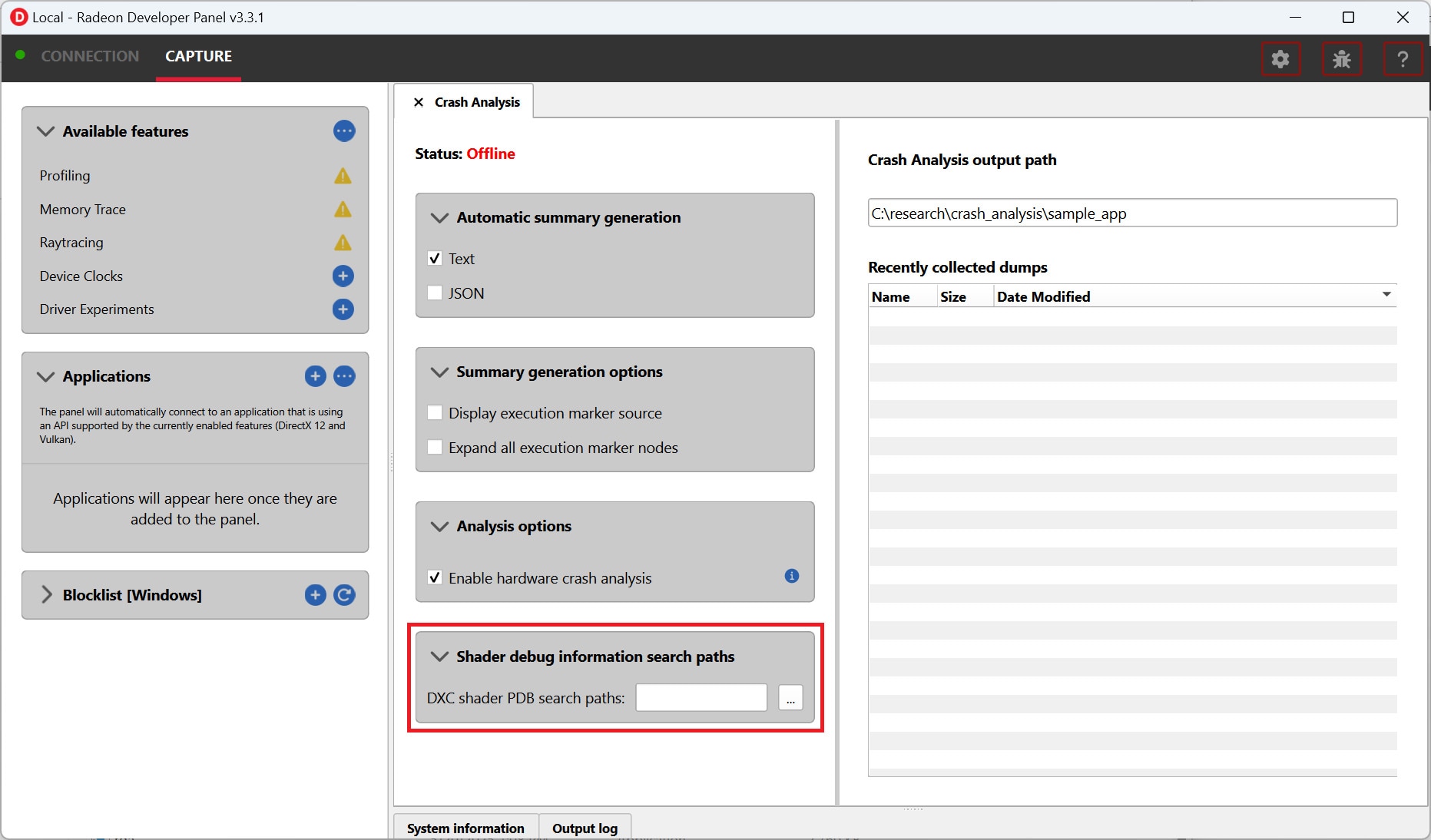 | Enhancing AMD Radeon GPU Detective Output with DirectX Debug Information17th June 2025 With version 1.5 of AMD Radeon™ GPU Detective (RGD) you can now use the debug information that is produced by the Microsoft DirectX® Shader Compiler. |
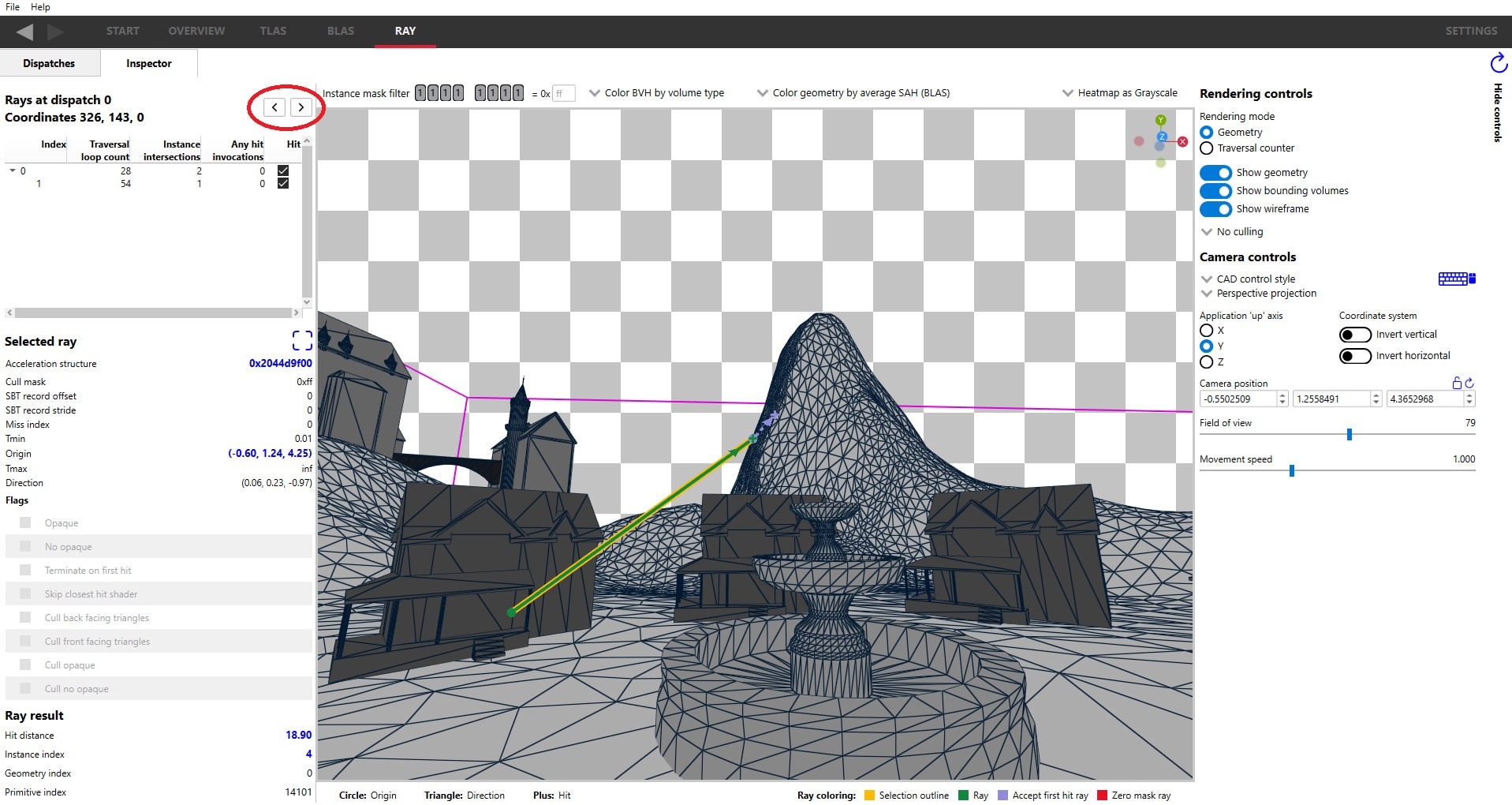 | Introducing the Latest AMD Radeon Developer Tool Suite with Support for AMD Radeon RX 9060 XT17th June 2025 We've released an updated AMD Radeon™ Developer Tool Suite, including enhanced versions of tools such as the Radeon GPU Detective, Profiler, Raytracing Analyzer, Memory Visualizer, GPU Analyzer, and Developer Panel, now with expanded GPU support. |
 | Using Neural Networks for Geometric Representation7th May 2025 Explore how Neural Intersection Functions (NIF) and the enhanced LSNIF are poised to reshape ray tracing by replacing traditional BVH traversal with efficient, GPU-friendly neural networks for accelerated performance and high-fidelity imagery. |
 | Boosting GPU Radix Sort performance: A memory-efficient extension to Onesweep with circular buffers6th May 2025 Discover a high-performance, memory-efficient extension to Onesweep radix sort on GPUs, featuring circular buffers and advanced optimization techniques that reduce global memory access and improve sorting throughput. |
 | Bilinear interpolation on a quadrilateral using Barycentric coordinates11th April 2025 A new algebraic method for hardware-accelerated bilinear interpolation on convex quadrilaterals is presented, using the Barycentric coordinate feature of modern GPUs. |
 | CPU performance optimization guide - part 425th March 2025 Optimize CPU performance by manually writing x64 assembly code, offering a detailed comparison with compiler-generated instructions and achieving improved performance through streamlined instruction sets. |
 | CPU performance optimization guide - part 325th March 2025 We look at optimizing CPU performance by reducing the number of instructions, and highlights methods to enhance instruction efficiency and algorithm throughput. |
 | Major AMD Radeon Developer Tool Suite updates for AMD RDNA 4 architecture11th March 2025 Read the highlights of our updates to the AMD Radeon Developer Tool Suite to support the launch of AMD RDNA 4 architecture! |
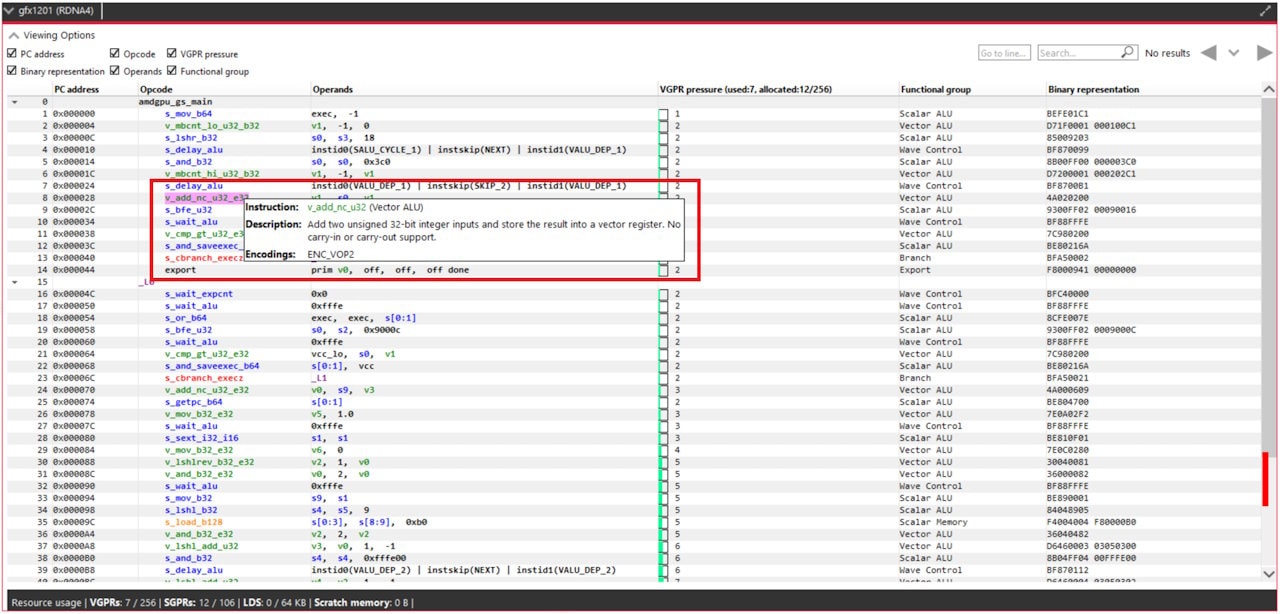 | Reading AMD RDNA™ and CDNA™ Architecture Disassembly is a Breeze with AMD Radeon™ GPU Analyzer v2.1211th March 2025 Explore Radeon GPU Analyzer v2.12's enhanced ISA disassembly view, making shader and kernel analysis easier with new tooltips and automatic highlighting. Optimize your GPU workflows effortlessly! |
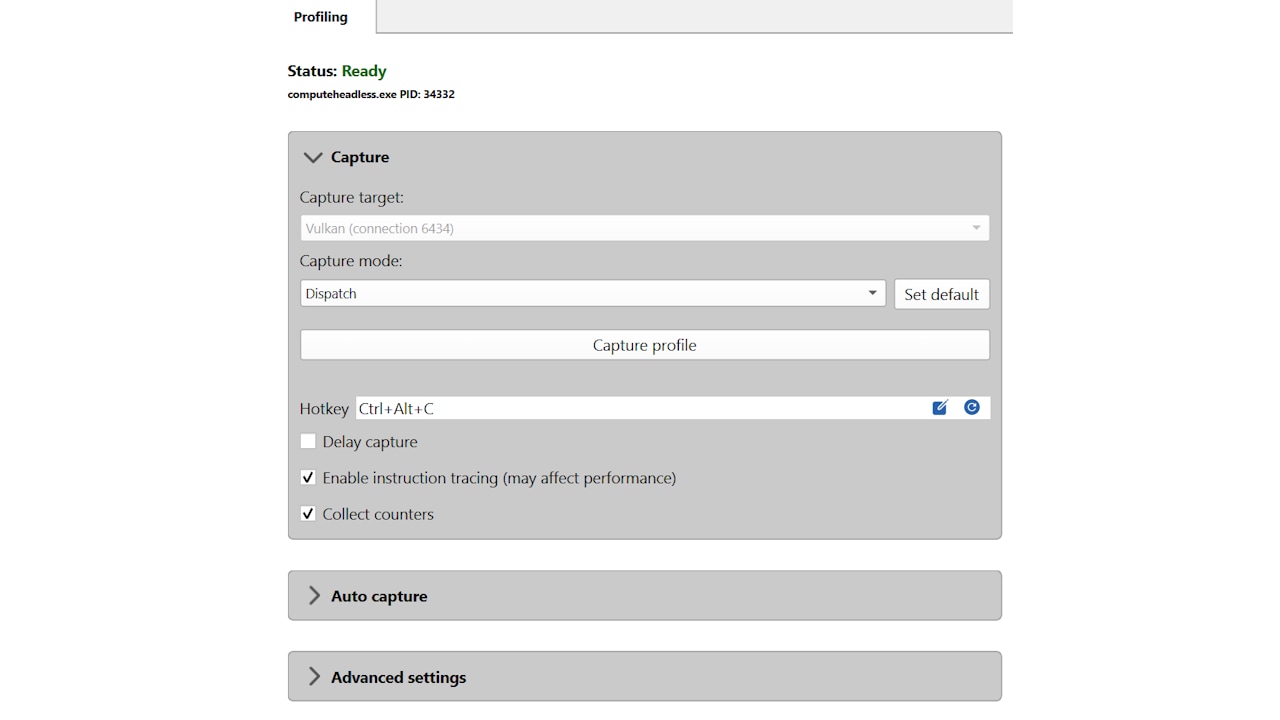 | AMD Radeon™ GPU Profiler 2.4 adds support for AMD Radeon™ RX 9000 Series, pure-compute applications, DirectML applications (and more!)11th March 2025 Discover the latest Radeon GPU Profiler v2.4, now supporting Radeon RX 9000 Series GPUs and profiling for pure compute and DirectML applications. Enhance your optimization with improved ISA views and Work Graphs support. |